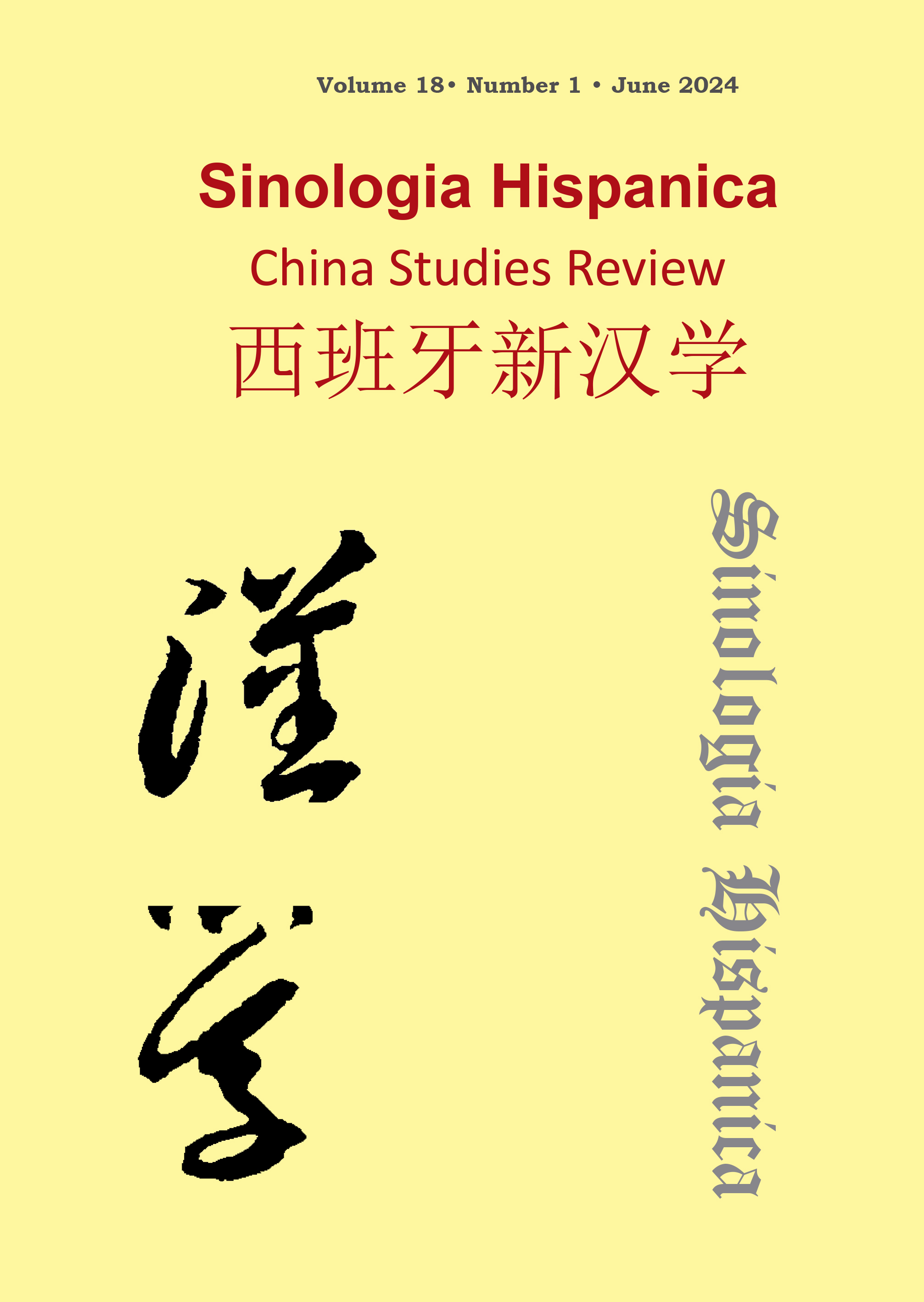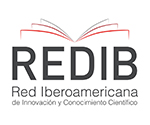The Thread of Landscape Thinking in China: from the Legacy of West Lake to Ecological Civilization in the 21st Century
DOI:
https://doi.org/10.18002/sin.v18i1.8433Keywords:
landscape architecture; China; 'sponge city'; bioremediation; urban regeneration; ecological civilization.Abstract
The civilizing component of the landscape in China justifies the development of this article, why the reading of nature through a cosmology and cultural construction of the landscape for centuries, represents a very significant differential contribution to the reading of nature and man in Western civilization. This text confronts the cultural construct of the landscape in the history of Chinese civilization and the character of green space as a regenerating, balanced, and transforming instrument for cities with serious deficits and environmental problems in the 21st century. We identified the need to connect the distinctive cultural legacy of the landscape of Chinese civilization and the contemporary landscape narrative that emphasize its instrumental value as infrastructure and ecological services.Case studies, West Lake, and two contemporary urban regeneration projects, Xuhui Runway Park and Houtan Urban Park in Shanghai. Western Lake and its surroundings in Hangzhou are a historic reference for their landscape values, to which their physical geography, literary identity, and spatial readability contribute.
Downloads
Métricas alternativas
Published
Versions
- 2024-07-15 (2)
- 2024-07-07 (1)
How to Cite
Issue
Section
License

This work is licensed under a Creative Commons Attribution-NonCommercial-ShareAlike 4.0 International License.
Sinología Hispánica. China Studies Review considers all manuscripts on the strict condition that:
- The authors assign the exploitation rights (reproduction, distribution, public communication and transformation) of the work accepted for publication to the University of León on a non-exclusive basis. Authors can establish, on their own, additional agreements for the non-exclusive distribution of the version of the work published in the journal (for example, placing it in an institutional repository or publishing it in a book), always acknowledging the initial publication. in this magazine.
- The manuscript is your own original work and does not duplicate any other previously published work, including your own previously published work.
- The manuscript is not currently under consideration or peer review, nor accepted for publication, nor in press, nor published elsewhere.
- The manuscript contains nothing that is abusive, defamatory, libellous, obscene, fraudulent, or illegal.
- Please note that Sinologia Hispanica uses Turnitin software to screen manuscripts for unoriginal material. By submitting your manuscript to Sinologia Hispanica you are agreeing to any necessary originality checks your manuscript may have to undergo during the peer-review and production processes. Any author who fails to adhere to the above conditions will be rejected.
- Authors are allowed and encouraged to electronically disseminate the pre-printed versions (version before being evaluated) and / or post-printing (version evaluated and accepted for publication) of their works before publication, since it favors their circulation and dissemination more early and with it, a possible increase in its citation and reach among the academic community.
Sinologia Hispanica is under an international license Creative Commons Attribution-Noncommercial-Share Alike 4.0. You can read more about this license in an informative version and legal text.








